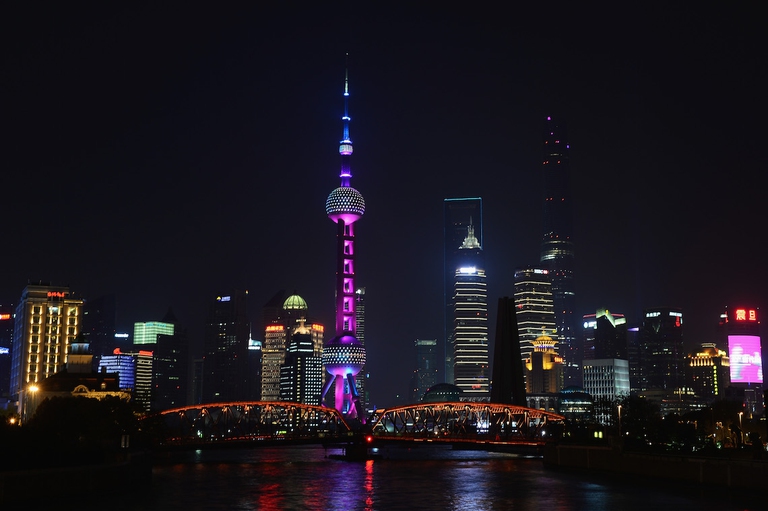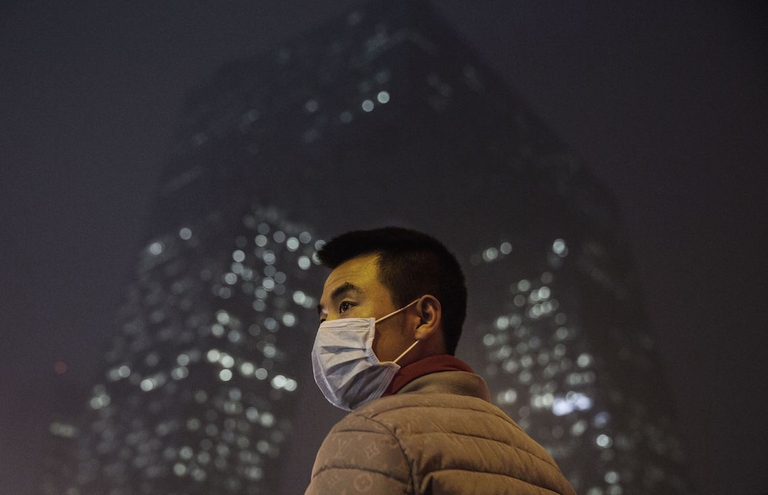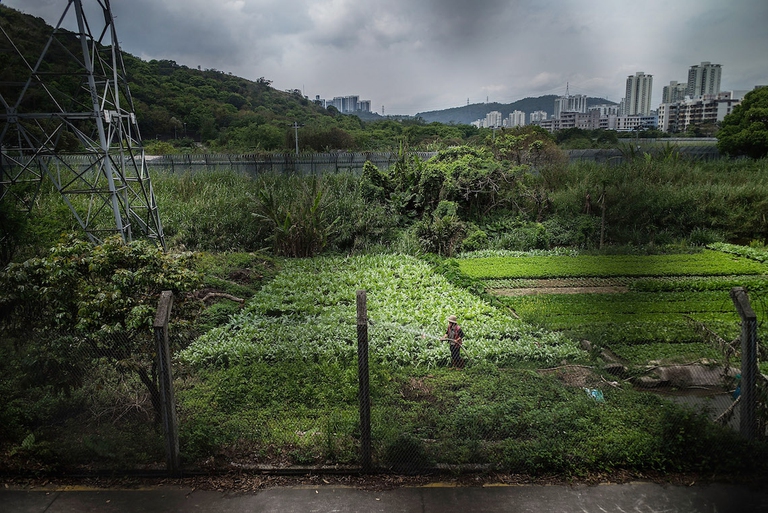
Sharon Lavigne, one of the six winners of the 2021 Goldman Environmental Prize, is fighting to protect her community from plastics corporations.
The scale and speed at which China is urbanizing is unique. Over the past three decades, the country has experienced an unprecedented economic and social transformation as millions have been lifted out of poverty. More than 400 million of its citizens have moved from the countryside to cities. Every year 15 million Chinese flock to
The scale and speed at which China is urbanizing is unique. Over the past three decades, the country has experienced an unprecedented economic and social transformation as millions have been lifted out of poverty. More than 400 million of its citizens have moved from the countryside to cities. Every year 15 million Chinese flock to urban centers – that’s an additional New York City every twelve months.
In 1980 the southern city of Shenzen was a fishing town of 25,000. Today it’s a megalopolis of over ten million inhabitants and growing. More than a hundred cities now exceed a million people, and by 2030 a billion Chinese will call a city home. This is truly the greatest migration in human history.
China is proud of this achievement – but it has come at a terrible environmental cost, such as polluted rivers and littered coastlines. In addition, many Chinese cities experience severe air pollution, mainly from coal-fired power plants and heavy car use, regularly.
The principle problem is extensive fine particle dust, especially PM2.5, which penetrates the lungs and blood stream and can cause bronchopulmonary and cardiovascular illness. The World Health Organization estimates that 7 million deaths worldwide are attributable to air pollution each year.
While trees cannot make a major dent in the overall improvement of poor air quality across an entire city, many studies have shown the positive impact strategic tree planting can have at the neighbourhood level. Trees can have a strong local air cleaning effect as 20 to 50 per cent of fine particles can be removed by the leaves of trees within in a 50-metre radius. So planting trees near schools, hospitals and pedestrian areas can dramatically improve local air. Additionally, these trees can have beneficial impacts on energy costs, by cooling the surrounding areas, and biodiversity.
Chinese megacities have experienced extreme water conditions, ranging from severe floods to dramatic water shortages. In response, the central government has challenged cities across the country to explore the “sponge” concept, when cities retain rainwater for re-use. Twenty Chinese pilot cities have been identified, and leading environmental organisation The Nature Conservancy will start working with the urban planning institute, the forestry service and the cities themselves to identify how natural solutions can support the sponge city concept. Like everything in China, things have to move fast – the first sponge cities are to be managing 60 per cent of all rainfall in only a few years.
In the United States, teenagers now spend more than half their waking hours looking at a screen. And most urban kids declare that they feel “fearful or anxious” about exposure to nature. China is no different. So how do we connect more young people with nature so that when they grow up they will care for nature and become conservation supporters? One strategy is to provide opportunities for urban residents to visit nature reserves.
For example, the Chongming Dongtan Birds National Nature Reserve, less than fifty kilometres from Shanghai, is located on an island at the mouth of the Yangtze River. It provides a habitat for millions of swans, geese and shorebirds like dunlins, great knots and whimbrels, which travel from as far away as Alaska and New Zealand.
It’s also a designated “green island” that local leaders are using to encourage ecotourism and environmental awareness. All senior Shanghai city officials, including the mayor, have already visited. So have several corporations. The goal now is to expand the numbers and get more people out there because, after all, you only protect the things you love.
Siamo anche su WhatsApp. Segui il canale ufficiale LifeGate per restare aggiornata, aggiornato sulle ultime notizie e sulle nostre attività.
![]()
Quest'opera è distribuita con Licenza Creative Commons Attribuzione - Non commerciale - Non opere derivate 4.0 Internazionale.
Sharon Lavigne, one of the six winners of the 2021 Goldman Environmental Prize, is fighting to protect her community from plastics corporations.
Plastic pollution is airborne too. Microplastics are being carried across continents by the wind, as a recent study reveals.
Levels of particulates in New Delhi in 2020 were once again far above safety thresholds, with extremely serious health consequences for its citizens.
A major oil spill in the Ecuadorian Amazon in April has left the Coca River polluted. The indigenous Kichwa are suing the companies whose pipelines broke.
Molecules that eat up plastic waste, including PET bottles, may soon become widely used as scientists leap ahead in developing new super enzymes.
In Italy’s Land of Fires between Naples and Caserta, activists like Carmen Medaglia are fighting to promote new ways of managing waste.
Toxic substances in Kamchatka’s waters have killed 95% of marine fauna and caused health problems for surfers. The causes, however, are still unknown.
A Magellanic penguin was found lifeless on a Brazilian beach: in its stomach, an N95 face mask. Researchers believe the animal died from ingesting it.
The drop in air pollution during worldwide lockdowns helped prevent thousands of premature deaths. But the situation is returning to pre-crisis levels.











